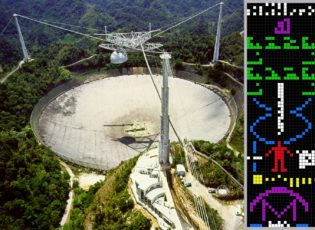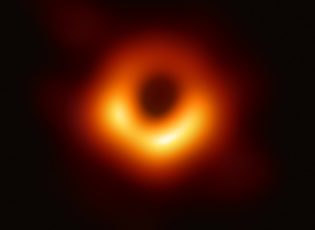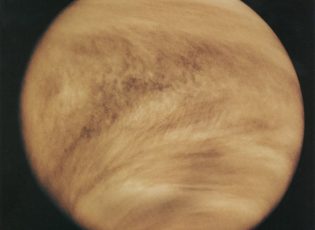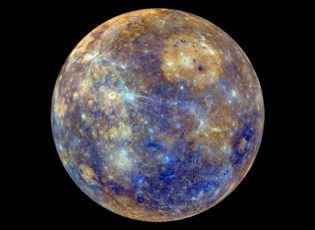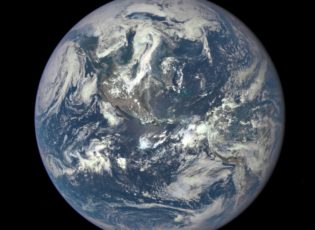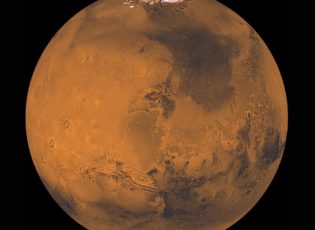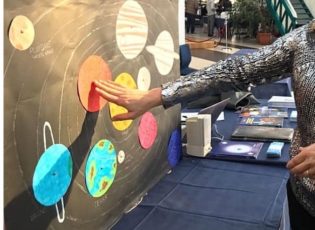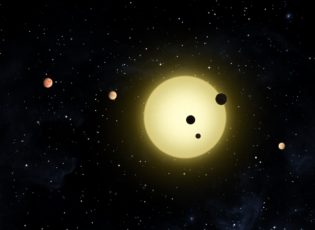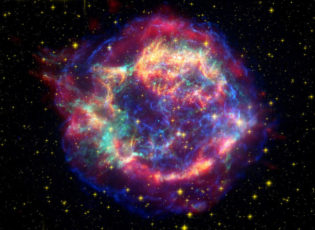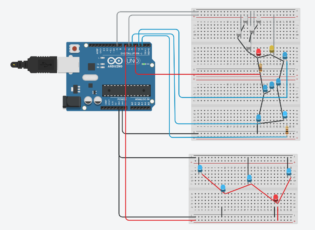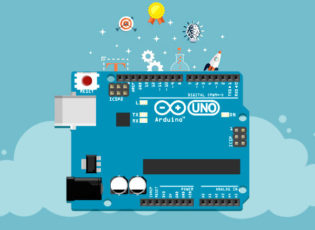The message of Arecibo
On November 16, 1974, from the radiotelescope of Arecibo, a peculiar radio message was sent out into space, towards the Hercules Globular Cluster, 25 thousand year-lights away from the Earth. The message was composed of 1679 binary digits (zero and one), one after the other. Why 1679? This number is the product of two prime numbers: 23 and 73. In this way, supposing that anyone receving it decides to order it in a quadrilateral, he/she will only be able to do this by ordering it in 23 lines and 73 columns, or 73 lines and 23LEGGI TUTTO

